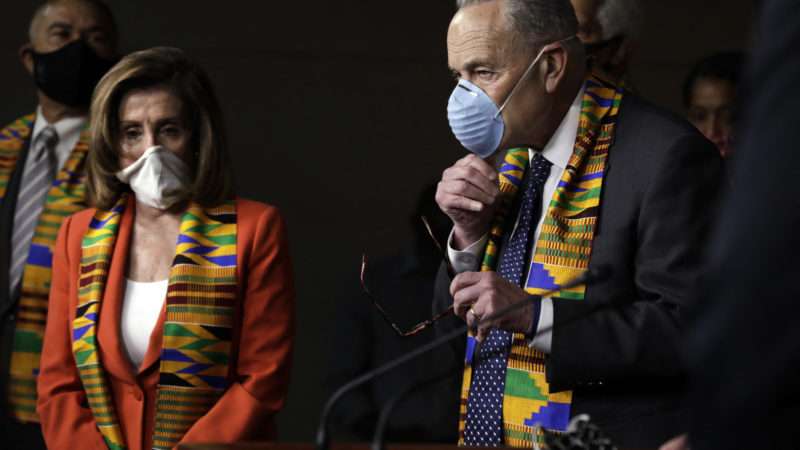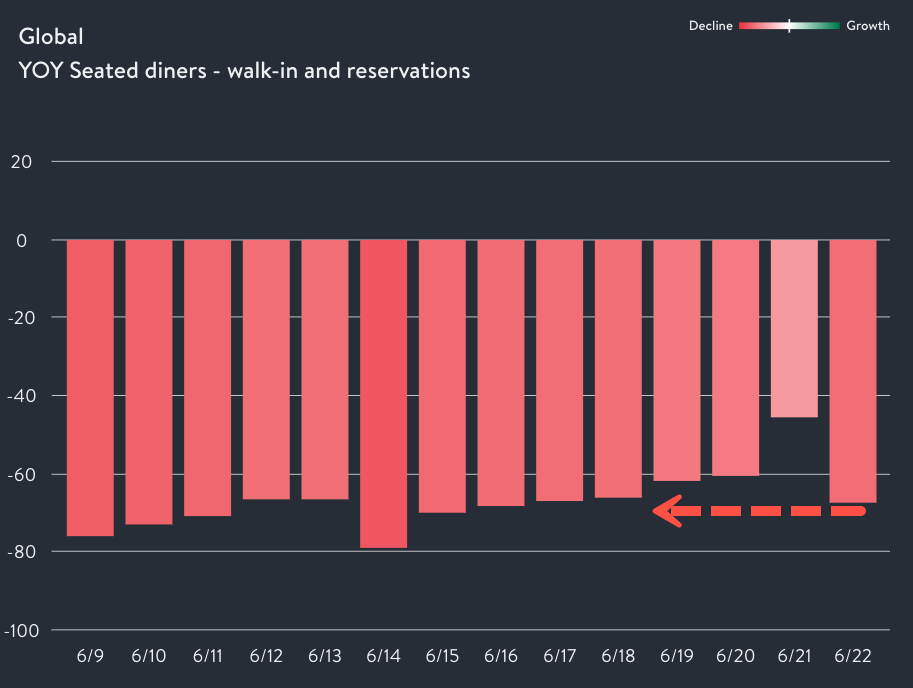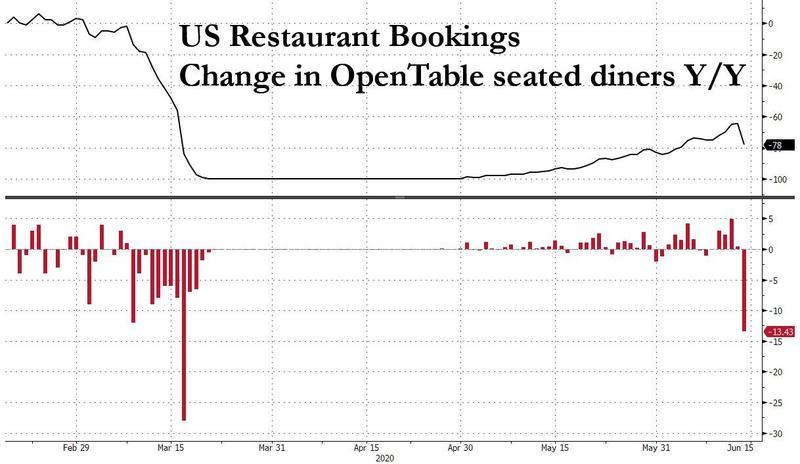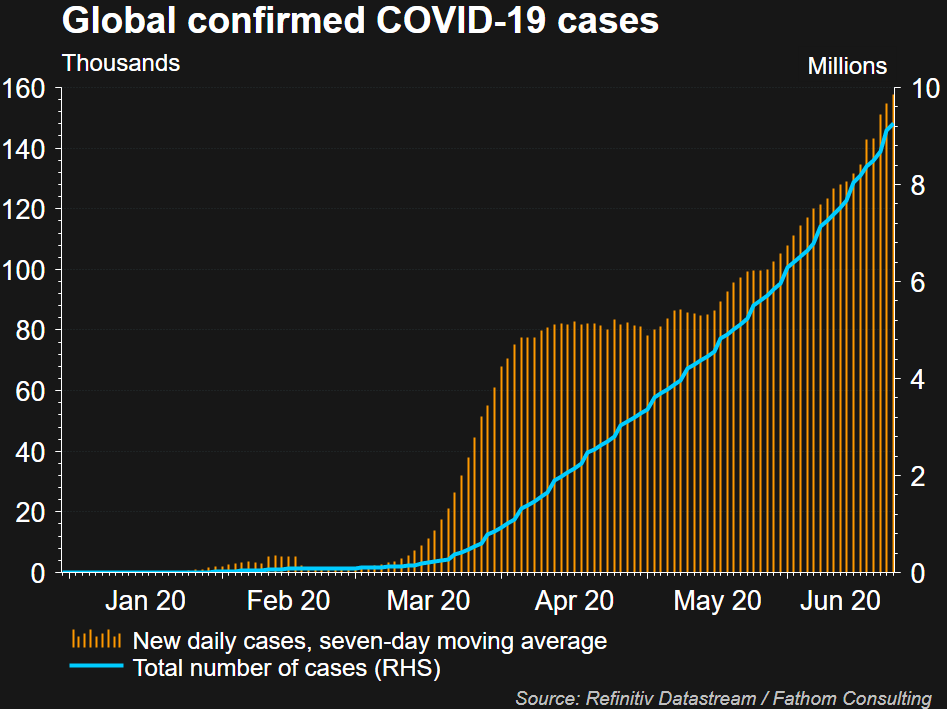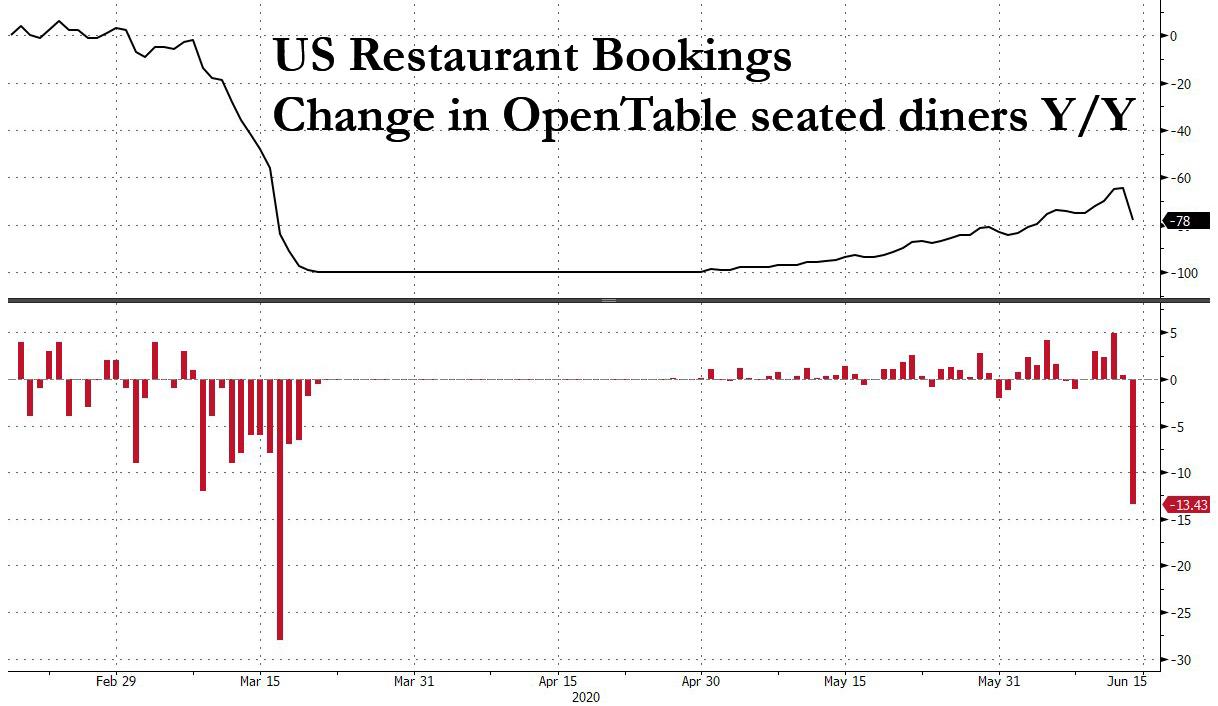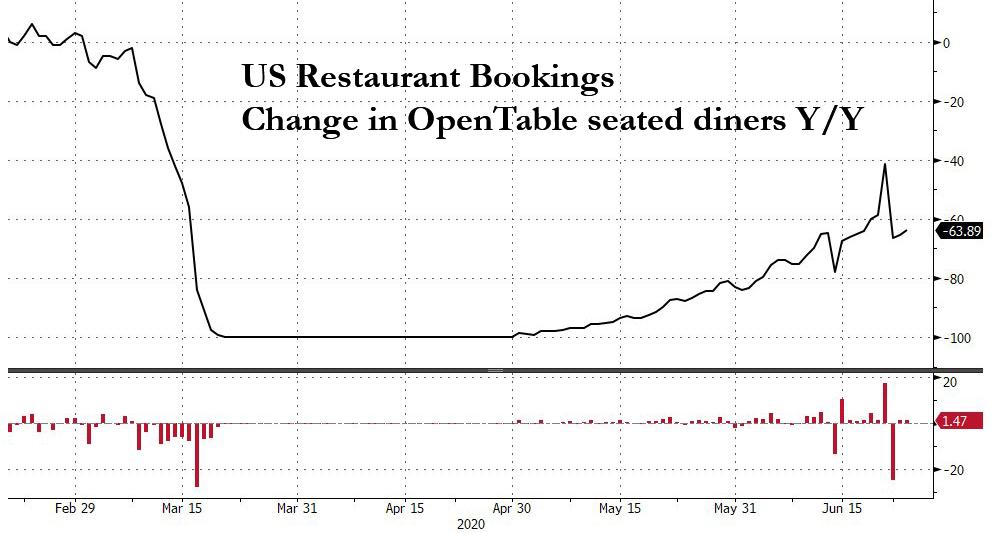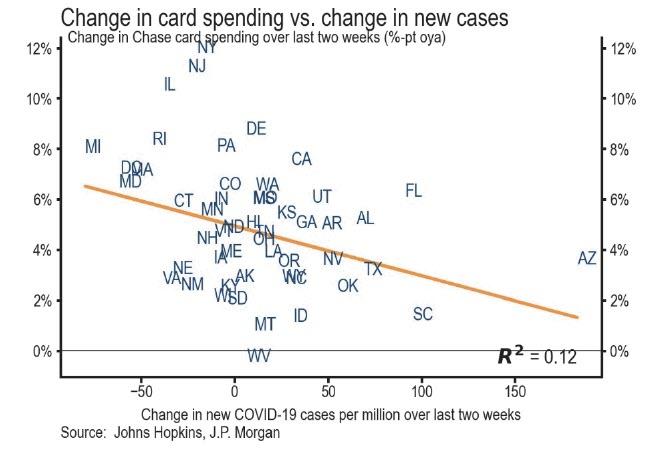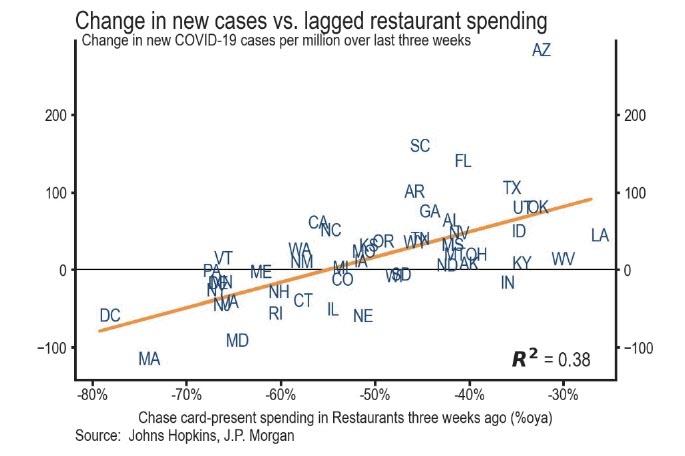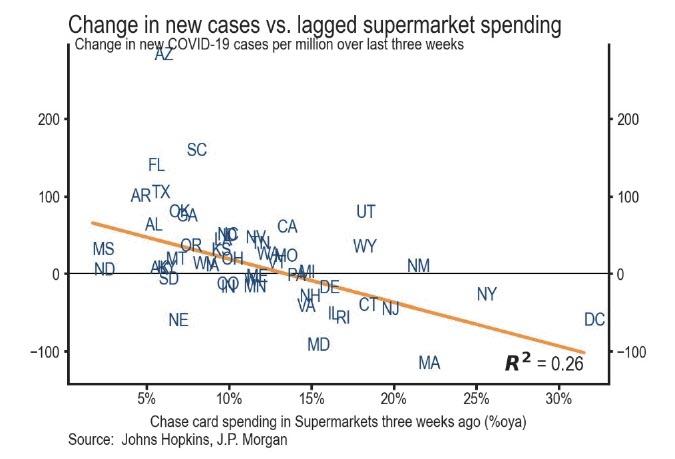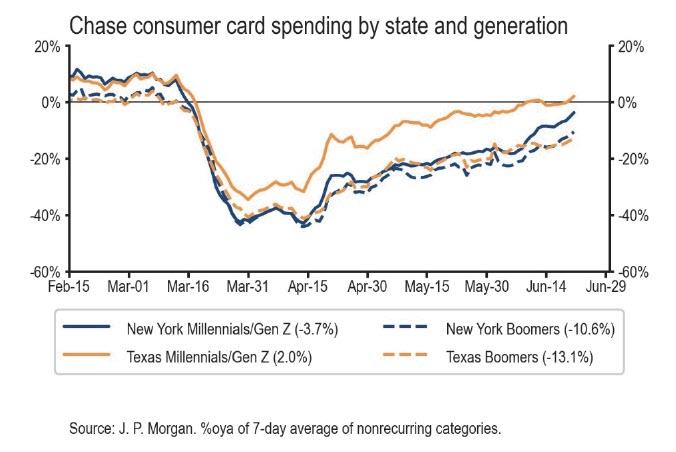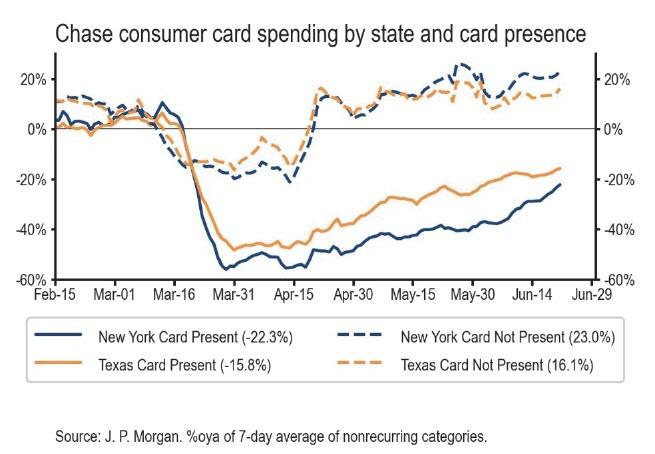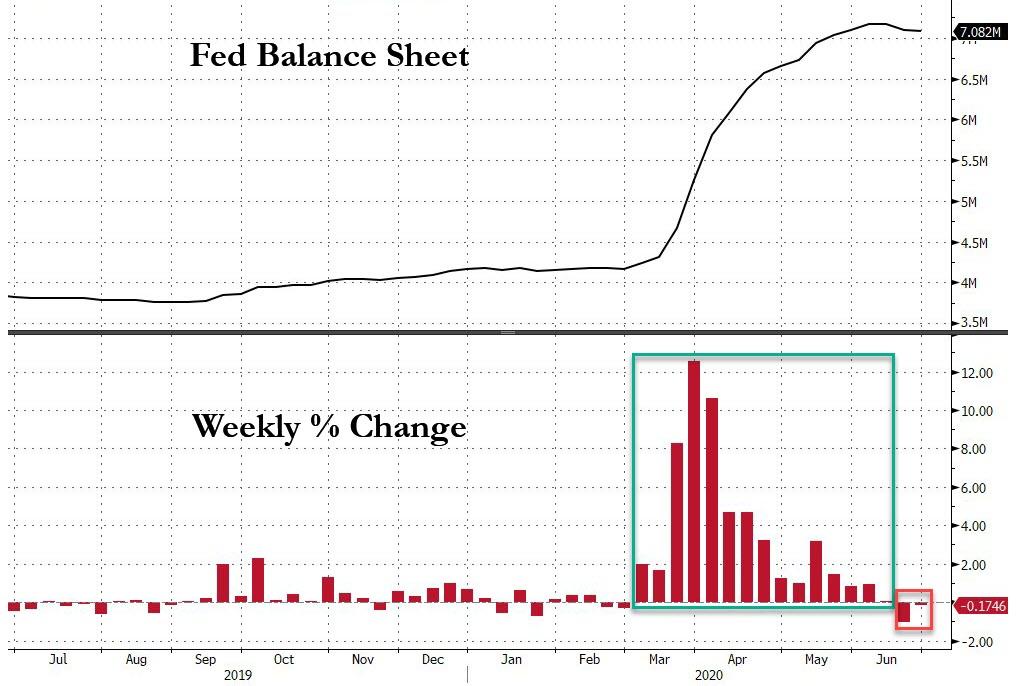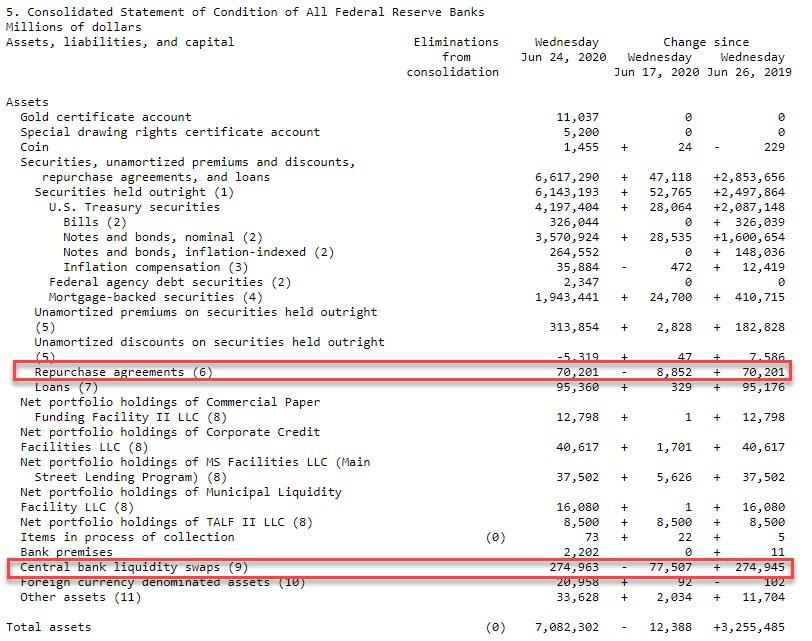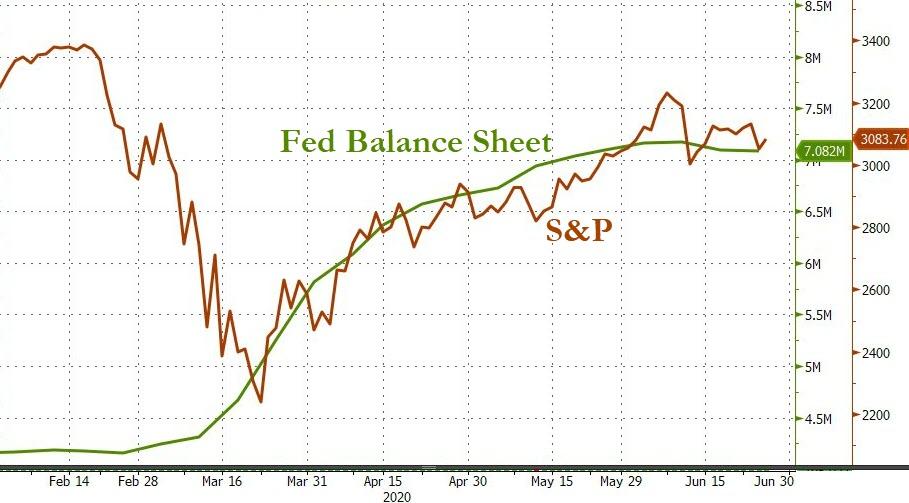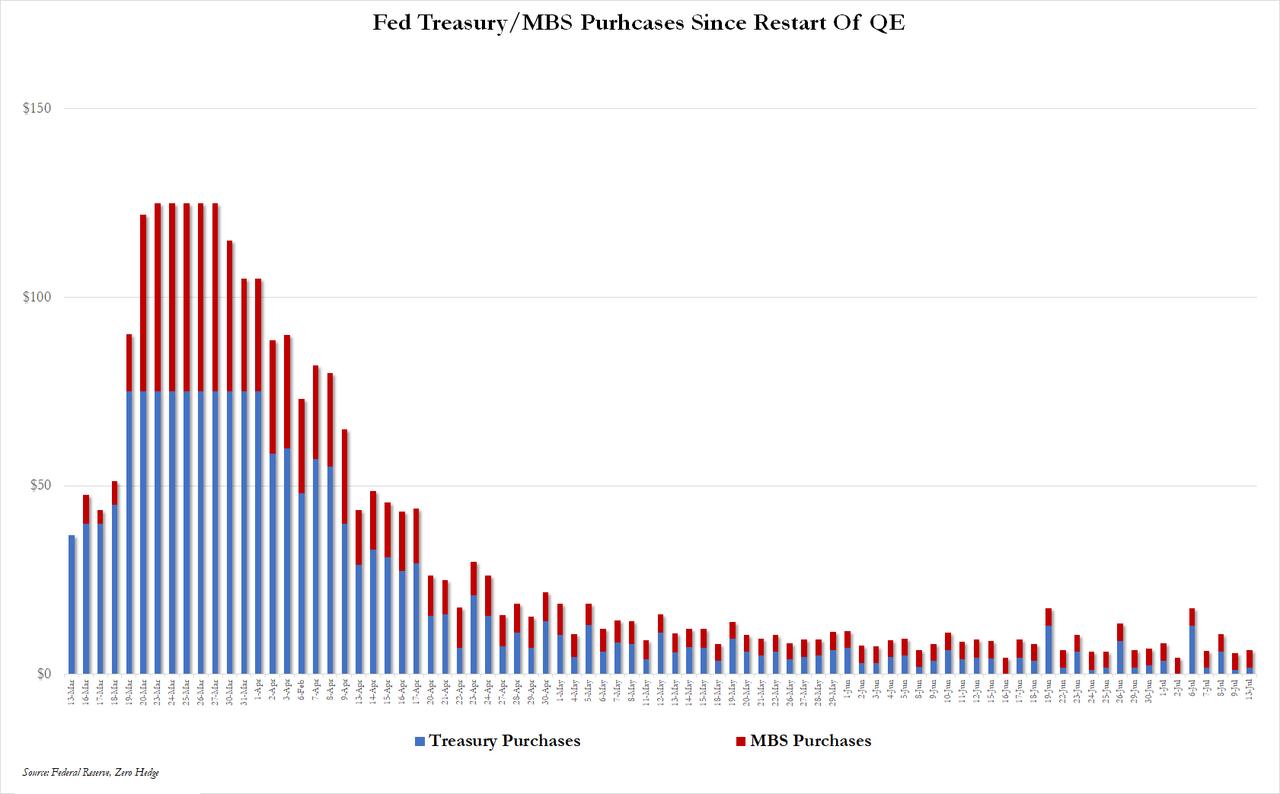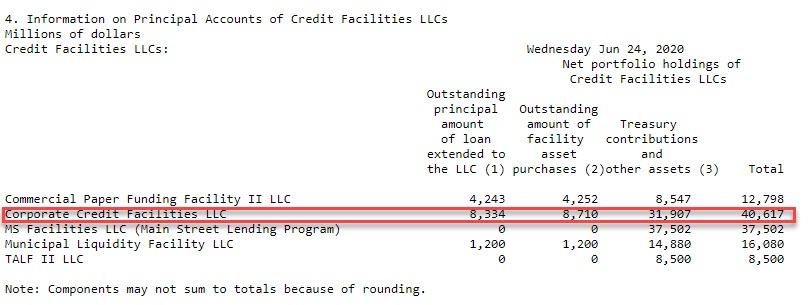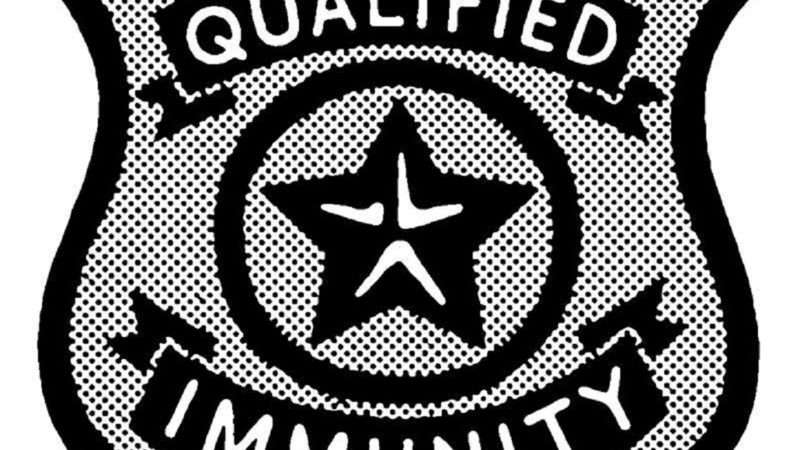

The death of George Floyd and resulting nationwide protests against police abuses have focused renewed attention on the legal doctrine of “qualified immunity,” which all too often enables law enforcement officials to escape liability for egregious violations of constitutional rights. Unfortunately, the Supreme Court recently refused to take any cases that might overturn or limit the dubious doctrine it itself created. Congress could potentially abolish or limit qualified immunity by adopting new legislation curbing it. But Senate Republicans say that such a move would be a “poison pill” and it’s not clear that GOP supporters of reform can gather enough votes to get it through this year.
The Supreme Court, Congress or both might yet revisit this issue in the future. But in the meantime, there is much that state governments can do without waiting for federal action. The vast majority of law enforcement operations—and law enforcement abuses—are conducted by state and local police. State governments can address their misdeeds without waiting for either the Supreme Court or Congress to act.
The state of Colorado recently passed a reform law that is a model of its kind, one that other states would do well to imitate. Jay Schweikert of the Cato Institute has a helpful description of the Colorado law and its advantages:
Colorado Governor Jared Polis has signed into law Senate Bill 20–217 (“SB-217”), otherwise known as the Law Enforcement Integrity and Accountability Act. SB-217 includes a range of major policing reforms… But perhaps most notably, the law ensures that police officers in Colorado will not be able to avoid liability for their misconduct due to the unlawful shield of qualified immunity.
While many are summarizing SB-217 as “ending qualified immunity” in Colorado, what the law formally does is permit individuals to bring claims against police officers who violate their constitutional rights under Colorado law. SB-217 is therefore a kind of “state analogue” to Section 1983, our main federal civil rights statute. Whereas Section 1983 creates a cause of action allowing individuals whose rights are violated under the federal Constitution to bring a lawsuit for damages in federal court, SB-217 allows individuals whose rights are violated under the state constitution to bring a lawsuit for damages in state court.
Colorado, like most states, has a bill of rights that largely mirrors the federal Constitution (and in some ways is even more protective) so this means that SB-217 will cover things like excessive force claims, unlawful arrests, etc. And most importantly, SB-217 specifically provides that “qualified immunity is not a defense to liability pursuant to this section.” So, the law does not technically “eliminate qualified immunity,” insofar as we’re talking about the federal doctrine — if Coloradans bring Section 1983 claims in federal court, those claims will still be subject to qualified immunity. But the law does ensure, at least with respect to police officers, that Coloradans will have a robust alternative remedy to Section 1983 claims for violations of their constitutional rights.
Colorado is not the first state to enact a “state analogue” to Section 1983, but it is the first state to specifically negate the availability of qualified immunity as a defense through legislation. As it turns out, that clarification is crucial, because in nearly all of the other states that have passed similar laws, state courts have incorporated a similar or identical version of federal qualified immunity, even when the relevant statute says nothing about it.
As Schweikert points out, SB-217 doesn’t technically eliminate qualified immunity as a defense to lawsuits charging violations of federal constitutional rights. But it effectively achieves the same goal by eliminating it as an obstacle to lawsuits under the state constitution, which provides much the same rights.
There are, nonetheless, a few limitations to the law. Most obviously, it does not apply to federal law enforcement agencies. In addition, it may not apply to “state-federal task forces,” where state and local cops working with the feds can claim immunity to lawsuits under state law, on the theory that they’re really acting as federal agents, rather than state ones. As far as I can tell, the text of SB-217 doesn’t explicitly address state-federal task forces, and it is not clear to me whether state and local police participating in them can still claim qualified immunity as a defense to suits under state law or not. I welcome correction on this point, from those more expert in Colorado law. But, in the meantime, I would tentatively suggest that Colorado should amend the law to explicitly cover this scenario.
Another issue SB-217 does not address is cases where the federal government enables state and local law enforcement to get around state laws restricting asset forfeiture by having the federal government “adopt” state seizures and then in effect share the loot with their state and local friends. Such policies enable cops to profit from the seizure of property owned by people who have never even been charged with any crime, much less convicted. It is a serious problem in many states around the country, one that particularly victimizes the poor and racial minorities. SB-217 does not seem to bar qualified immunity as a defense to illegal asset forfeitures “adopted” by the federal government.
Fortunately, a 2017 Colorado law already imposes tight limits on state and local police participation in the federal “equitable sharing” program that facilitates adoption. But Colorado should take this reform even further, and forbid such adoption altogether. Other states that might imitate the Colorado reform should also address this issue—particularly those that don’t already have legislation like the 2017 Colorado law.
Finally, it’s worth emphasizing that ending qualified immunity is not the only reform needed to curb law enforcement abuses. There are a variety of other steps states should take as well, only some of which are included in other parts of SB-217.
Despite these limitations, SB-217 is an impressive step in the right direction, one that other jurisdictions can learn from. Other states might also be able to learn from the process by which Democratic Governor Jared Polis and legislative leaders quickly secured broad bipartisan support for the bill. As always, the best should not be the enemy of the good. And this law is very good indeed.
from Latest – Reason.com https://ift.tt/3fYGcIH
via IFTTT

